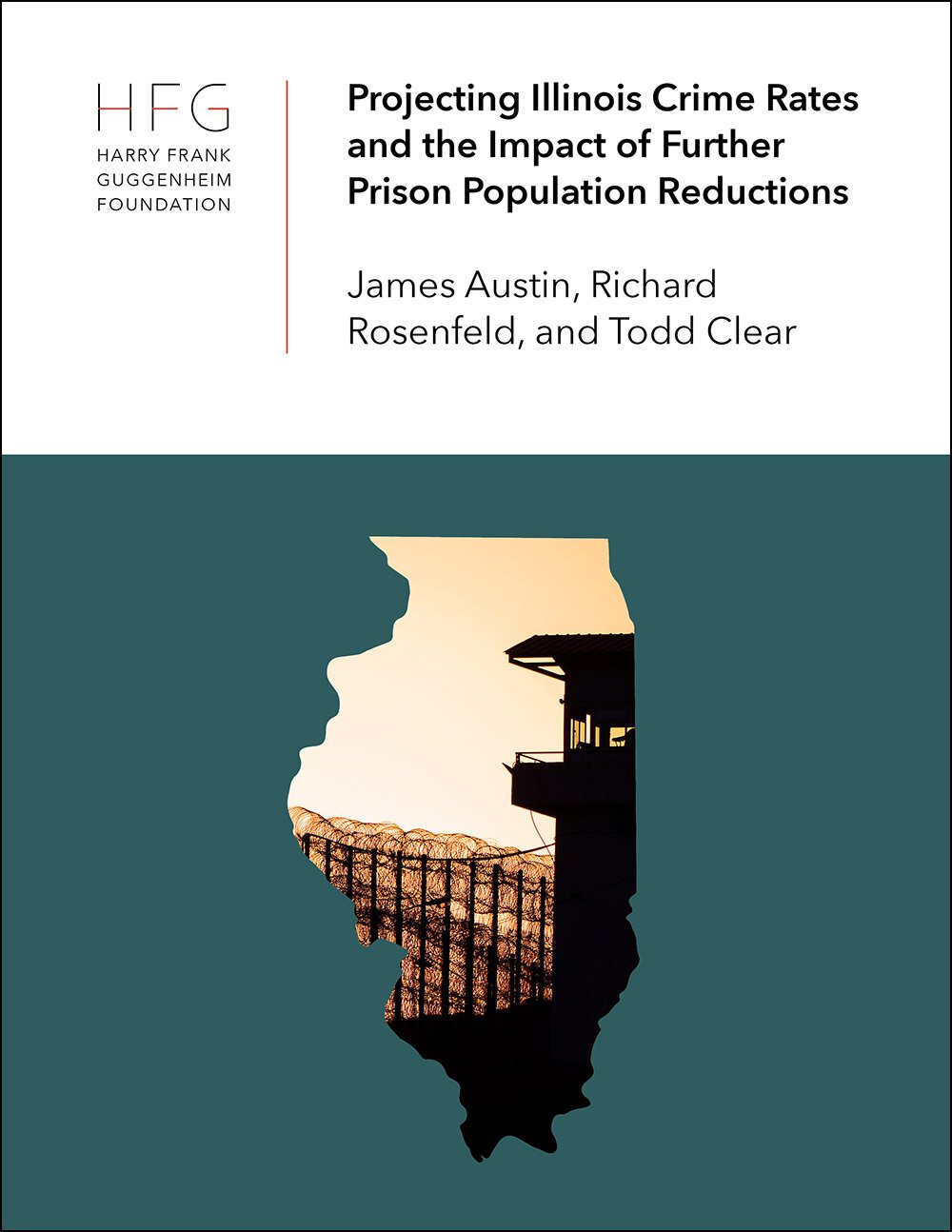By David Pérez Esparza, Eugenio Weigend Vargas, Tony Payan and Carlos Pérez Ricart
Gun shows are public gatherings where licensed gun dealers and private gun owners use formal and informal venues to exchange information or sell and buy firearms, accessories, and ammunition. A major challenge is that gun shows, unlike established business locations, can be considered gray zones where regulatory loopholes facilitate the movement of legal firearms to illegal domains both domestically and internationally. Given this, they tend to feed into gun trafficking schemes. Despite this, gun shows are poorly monitored. Moreover, these events are not tracked by the Bureau of Alcohol, Tobacco, Firearms and Explosives (ATF) and what little is known comes from academic studies, press releases, or outdated ATF reports. To address this gap, update information, and generate a better understanding of how gun shows connect with gun trafficking, we generated a gun show dataset in the US from 2011 to 2019. We compiled information on promoted gun shows from three main sources, The National Rifle Association Magazine and the websites Gun Show Trader and Shooting Illustrator. We completed our dataset by looking at other minor sources that promoted gun shows. Our dataset encompasses information of 20,691 gun shows and suggests that 71% of them occurred in states where background checks were not required during gun sales between private individuals. We argue that scholars and practitioners will find in this dataset an original tool to analyze gun shows and their impact on public security and public health.
Journal of Illicit Economies and Development. 2022, 11pg





















